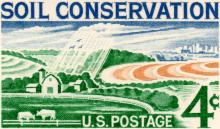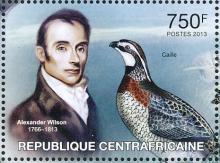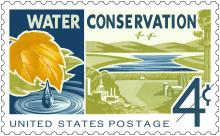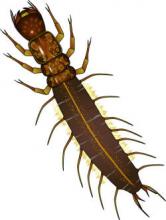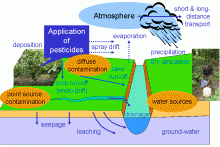The replacement of Druckrey’s model of dose-time-response by the ‘acceptable daily intake’ concept has invalidated risk assessment
In the 1950s the commission on food coloring of the German Research Society (DFG), headed by the biochemist Adolf Butenandt and the pharmacologist Hermann Druckrey, represented a policy of preventive risk management in regard to food additives. Druckrey had conducted animal tests with butter yellow, an azo compound used to give butter an attractive yellow colour. These experiments demonstrated that the production of tumours required a certain total dose, regardless of how this was distributed over 35 to 365 days.




